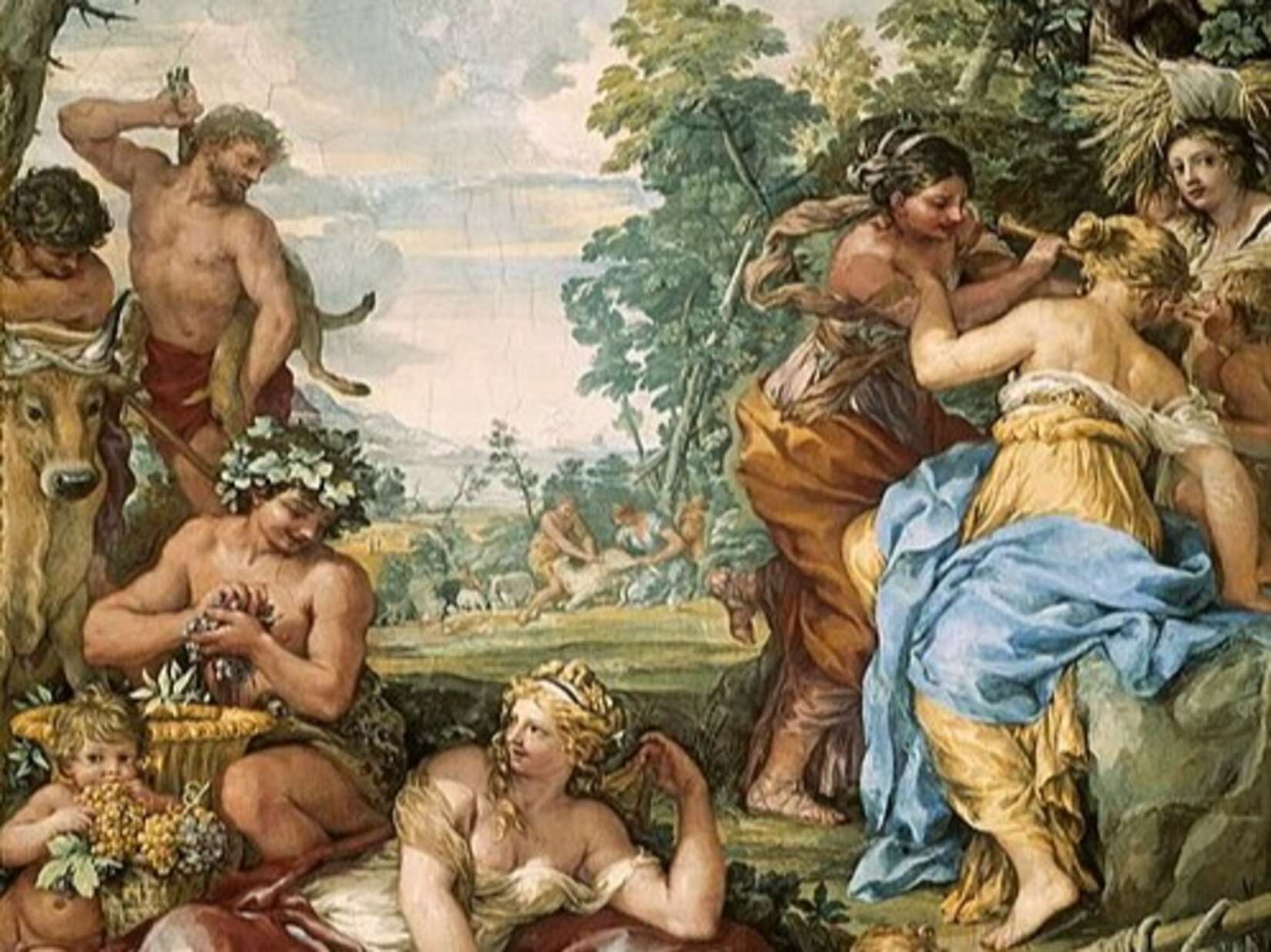Virgil’s Most Mysterious Prophecy: The Birth of a Miraculous Child and a New Golden Age
Source: GreekReporter.com

The Fourth Eclogue of the Roman poet Virgil stands out among his pastoral poems as a piece charged with a mysterious and powerful prophecy. Written around 40 BC, during the turbulent era following Julius Caesar’s assassination, this poem envisions the birth of a miraculous child destined to inaugurate a new golden age of peace and prosperity.
For this reason, the prophecy has long fascinated scholars and theologians alike. This is not only due to its poetic artistry but its symbolic and religious significance—an anticipation of cosmic renewal that echoes the ancient tradition of Sibylline and Delphic oracles, deeply influencing later Christian thought.
The prophetic tone and its classical roots
The Fourth Eclogue’s prophecy is unusual in Virgil’s body of work. Unlike the idyllic rural scenes of the other Eclogues, this poem turns to apocalyptic and messianic imagery. The birth of a “child who shall come” is heralded as a bringer of peace. That’s because he is supposed to end the decay of the old order and restore the Earth to an age of innocence. This comes in agreement with the timeless motif of renewal found throughout classical antiquity. Virgil writes:
“Now is come the last age of the song of Cumae; the great line of the centuries begins anew. Now the Virgin returns, the reign of Saturn returns; now a new generation descends from heaven on high.”
Here, the “Virgin returns” and the “reign of Saturn”—the archetypal golden age god—point to a restoration of an ideal, harmonious epoch. This cosmic reset reminds us of the cyclical worldview shared by the ancient Greek philosopher Plato, who spoke of eras of divine favor and fertility of divine souls.
Virgil’s prophecy is often linked to the Sibylline tradition. The Sibyls were legendary prophetesses who delivered oracles under divine inspiration. Furthermore, they were central to Roman religious culture. Scholars such as Johann Albert Fabricius believe that prophecies attributed to the Sibyls as foretelling the coming of Jesus are spurious. Nonetheless, we know that their prophecies spoke of divine interventions and the cyclical restoration of the world. The Fourth Eclogue’s language and themes echo these oracular traditions. This is particularly the case with the Delphic Sibyl’s reputation for foretelling cosmic shifts and the arrival of divine saviors.
The birth of a child whose fate is to renew the world aligns with the Sibylline motif of an imminent transformation ushered in by a god or semi-divine figure.
The return of the Divine and cosmic renewal
The Fourth Eclogue does not speak of a return of a specific Olympian god. Instead, it presents a new era in which the traditional gods’ quarrels are to cease. During that period, wars will end, and the Earth will yield abundantly without human toil. This is a “renewal of nature” motif, common to many ancient prophetic traditions. It is a return to a mythic golden age described by the poet Hesiod and others. Virgil foretells:
“Only do thou, pure Lucina, smile on the birth of the child, under whom the iron brood shall first cease, and a golden race spring up throughout the world! Thine own Apollo now is king!”
The “iron brood” here refers to the current age of hardship and decline (the Iron Age), which the child’s birth will end. The poem continues:
“No harrow need the soil, no hook the vine. The hind shall loose his oxen from the yoke. For rams in meadows make their fleeces glow. With lovely purple melting into gold.”
Such imagery evokes the classic golden age, a time of effortless abundance and peace. The child shall rule the whole world according to the same prophecy:
“The whole world will he rule, now set at peace. By his great father’s power: to him shall bring.”

Influence on Christian writers
The prophetic character of Virgil’s Fourth Eclogue captivated early Christian thinkers who saw in it a foreshadowing of Christ’s birth. Figures, such as the Christian apologists Lactantius and Augustine, interpreted the child as a pagan prophecy of the Messiah. At the same time, through their interpretation they bridged classical and Christian traditions. This Christian reading recast Virgil as a “virtuous pagan” prophet, whose words anticipated the coming of Jesus.
Such a reception elevated Virgil’s status beyond that of a mere poet to a quasi-prophetic figure whose work prefigured Christian salvation history. Likewise, his vision of peace and renewal harmonized with Christian eschatology. Meanwhile, it made the Fourth Eclogue a symbolic link between pagan antiquity and Christian revelation.

Virgil as guide in Dante’s Inferno
Dante Alighieri’s choice of Virgil as his guide through the Inferno and much of the “Divine Comedy” is deeply connected to this legacy. Virgil embodies reason, classical wisdom, and poetic mastery. Moreover, he represents the noble, pre-Christian wisdom that anticipates Christian truth—especially the hope for redemption and moral order.
By selecting Virgil, Dante aligns himself with a figure who, though pagan and unbaptized, prophetically gestures toward Christian salvation. Virgil’s authority bears its roots in his prophetic aura from the Fourth Eclogue. In addition, he legitimizes the journey through Hell as guided by reason moving toward divine grace.
Virgil’s Fourth Eclogue is a fascinating nexus of classical prophecy, mythic renewal, and Christian reinterpretation. Additionally, its imagery of a coming golden age and a miraculous birth resonated profoundly with early Christians, who viewed it as a pagan herald of Christ. This dual heritage combines pagan prophecy with Christian fulfillment. Furthermore, it is a key reason Dante honored Virgil as his guide. He viewed him as a symbol of reason and pre-Christian wisdom illuminating the path toward salvation.
The original article: belongs to GreekReporter.com .
